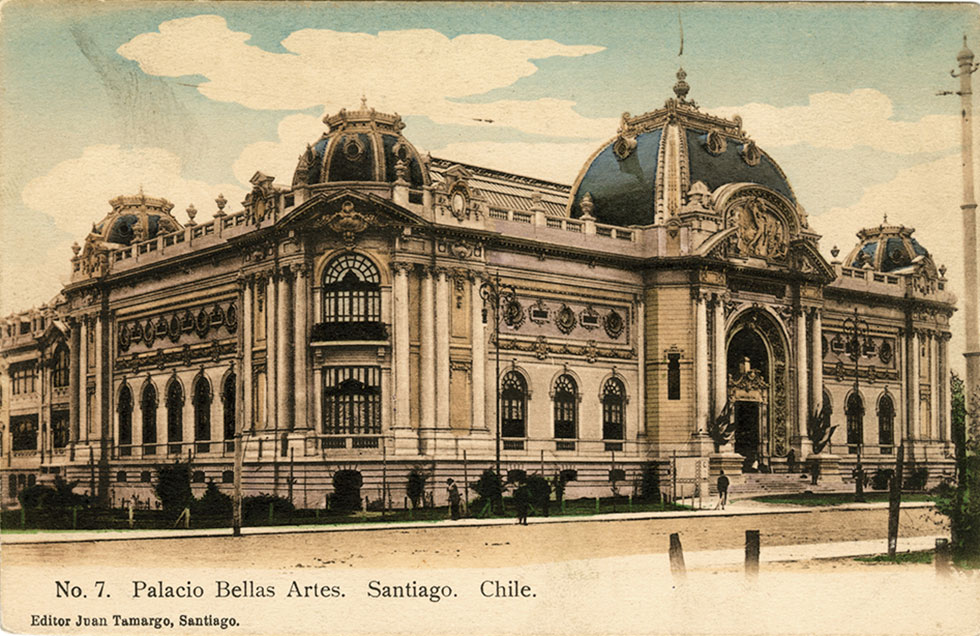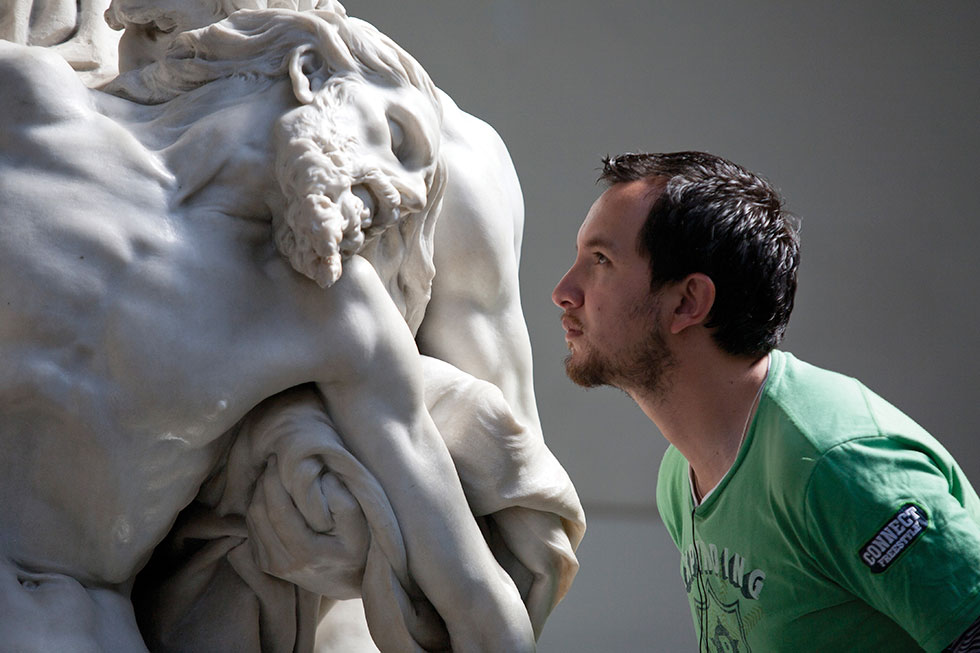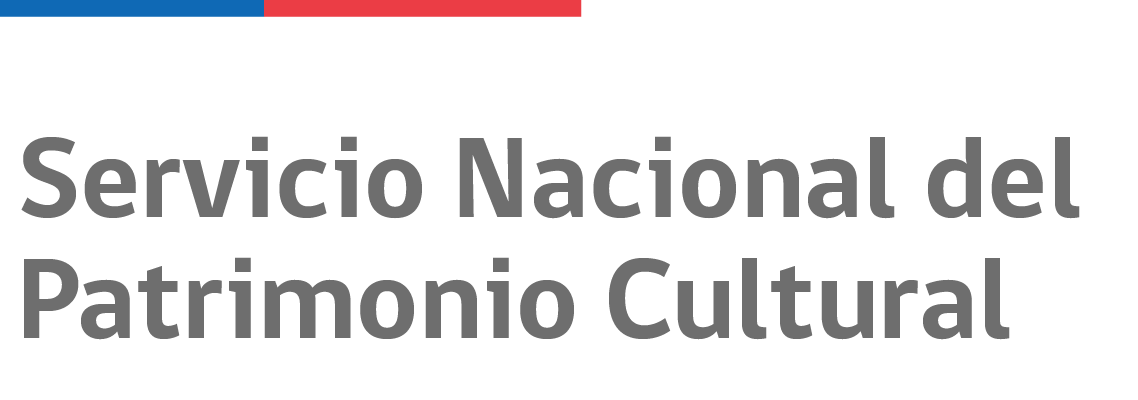
Services:
- Disabled access
- Guided visits
- Floor map
- Public transport
Opening times:
Admission:
About the institution

Postcard of 1910. Juan Tamurgo (Editor).
Although the collection of works held today by the National Fine Arts Museum began in the mid-nineteenth century - mostly as a teaching tool for the University of Chile’s Arts School - it was not until 1880 that the National Museum of Paintings, as it was then known, was founded.
When it opened on the upper floors of the National Congress in Santiago, it had just 140 paintings, not all of which were originals.
Seven years later, the Museum moved to a building in western Santiago’s Quinta Normal Park but, as the collection grew, this became cramped and, in 1901, a tender was issued for the design and construction of the current building on what was then wasteland alongside the Mapocho River.
It was inaugurated in September 1910, as part of the celebration of the centenary of Chile’s Independence, with an exhibition that included work from Europe, the United States and other Latin American countries as well as Chile.
The exhibition catalogue proudly noted that, “The enthusiasm with which great artists from around the entire world accepted the invitation proves that [Chile’s] fame as a cultured nation is perfectly established in the great intellectual centers”.
The building
The tender for the building that now houses the National Fine Arts Museum (and, in its western section, the University of Chile’s Contemporary Art Museum) was won by Emile Jéquier, a French architect who, because of his father’s work, had been born in Chile.
Built in the neoclassical style with art nouveau details, it has clear references to the Petit Palais in Paris. Jéquier’s other work in Santiago includes the Mapocho railway station (now a convention center) and the Stock Exchange.
Next to the Museum is one of Santiago’s best-loved parks, Parque Forestal. Designed by French landscaper, Georges Dubois, in the late nineteenth century, it stretches along the river from the Pío Nono Bridge down to the former Mapocho train station.
Opposite the Museum is the Santa Lucía Hill. At the foot of this rocky outcrop, conquistador Pedro de Valdivia founded Santiago on 12 February 1541.
Inside the Museum

Public visiting the National Fine Arts Museum exhibition.
Only a fraction of the Museum’s stock of paintings and sculptures is on show at any one time but it rotates them by mounting thematic exhibitions.
- Chilean collection. This includes mostly religious work from the Spanish colonial period through to pieces by more recent artists such as Roberto Matta. It also includes portraits of key figures in Chilean history such as Libertador Bernardo O’Higgins.
- International collection. Ranging from the sixteenth through to the nineteenth century, this collection includes work principally from Spain, the Low Countries, France and Italy.
Don’t miss
- The stone relief above the Museum’s main entrance by Chilean sculptor, Guillermo Córdova. Its theme, an allegory of the fine arts, was proposed by Emile Jéquier.
- The glass roof of the central hall, which was designed and built in Belgium and shipped to Chile in 1907. Its structure weighs some 115,000 kilos and it contains 2,400 pieces of glass.






